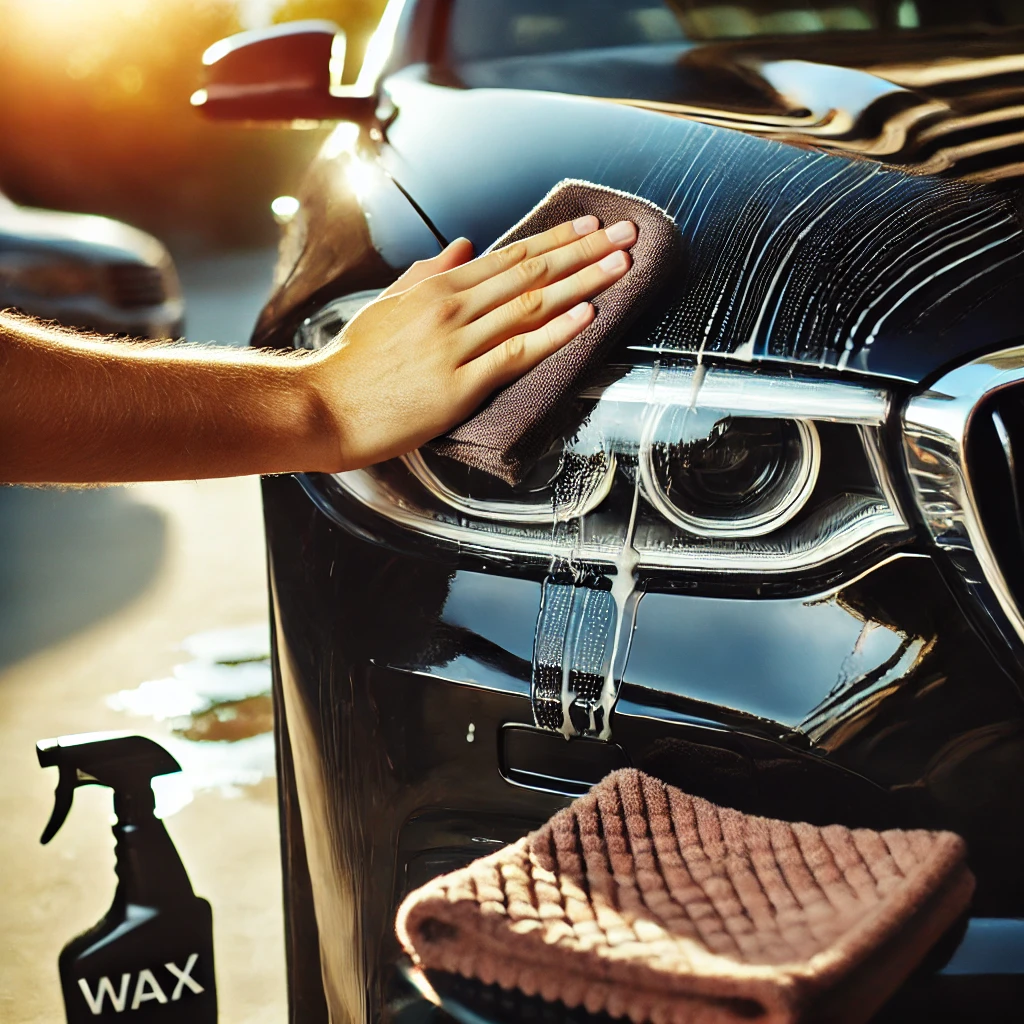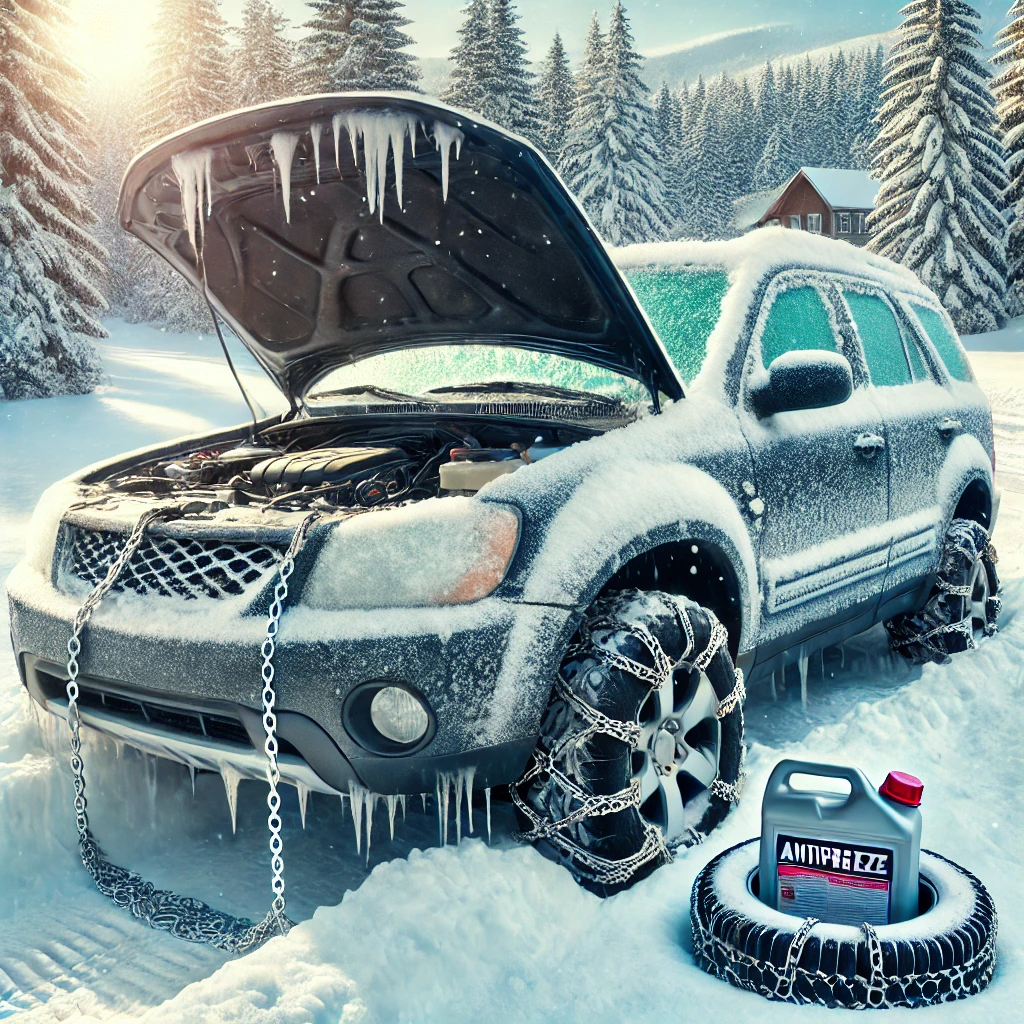Buying a used car is a financially savvy decision for many people. The process, however, can be complex and full of potential pitfalls. Making a smart purchase is not just about choosing the right car but also about being aware of factors like budget, condition, and hidden costs. This guide is designed to walk you through the entire process of buying a used car, ensuring you make a sound investment that meets your needs.
Why Buying a Used Car is a Good Idea
Opting for a used car has several clear advantages. First and foremost, depreciation hits new cars the hardest during their first few years. This means that by purchasing a pre-owned vehicle, you’re avoiding the steep drop in value that comes with a new car. Additionally, used cars tend to be more affordable, and insurance premiums are often lower compared to new vehicles. The market offers a wide variety of makes and models, providing flexibility for buyers with different needs and budgets.
Moreover, many cars today are built to last longer, making buying used less risky than it might have been in the past. In fact, with proper research and a bit of patience, you can often find a vehicle that is only a few years old but significantly cheaper than a brand-new model.
Understanding Your Budget
One of the most important steps in buying a used car is determining your budget. You want to ensure you’re not just thinking about the sticker price, but also factoring in additional costs such as taxes, registration fees, and any repairs or upgrades the car might need. A good rule of thumb is to aim for a total price that is less than 20% of your annual take-home pay.
It’s also wise to think about the long-term costs of owning a car. Used cars can sometimes require more maintenance, so include estimates for things like oil changes, tire replacements, and brake work. Insurance rates can vary depending on the make, model, and age of the vehicle, so getting an insurance quote before finalizing your purchase can prevent surprises down the line.
Deciding on the Right Car for Your Needs
Choosing the right car is about understanding your lifestyle and what you need from a vehicle. Are you a commuter who needs something fuel-efficient? Or do you require a larger vehicle, such as an SUV, for family road trips? Make a list of features that are important to you—whether it’s cargo space, fuel efficiency, or safety features. This will help you narrow down your options when it’s time to search.
Additionally, consider the age and mileage of the cars you are interested in. While a higher-mileage car may seem cheaper, it could also mean more frequent repairs in the near future. Balancing the cost with the car’s reliability and longevity is key to making a smart decision.
Researching Car Models
Before you start visiting dealerships or browsing online, take the time to research the reliability of different car models. Some brands are known for their longevity and low maintenance costs, while others may be prone to specific issues. Websites like Consumer Reports, Kelley Blue Book, and Edmunds are excellent resources for finding out how different models stack up in terms of reliability, safety, and resale value.
It’s also a good idea to check online forums or owner groups for the specific model you’re considering. These communities often share valuable insights about common problems, recall information, and tips for maintenance.
The Importance of Vehicle History Reports
Once you’ve found a car that interests you, one of the first things you should do is request a vehicle history report. This document, available from services like CARFAX or AutoCheck, provides crucial information about the car’s past, including previous owners, accident history, title status, and maintenance records.
A clean vehicle history report is essential for making a smart purchase. It helps you avoid cars that may have been involved in serious accidents, had odometer tampering, or suffered from flood damage. If the seller refuses to provide this report, it’s a red flag that they might be hiding something.
Checking the Car’s Mileage
Mileage is one of the most critical factors when evaluating a used car. Generally, a car with lower mileage is preferable because it has experienced less wear and tear. However, don’t automatically dismiss a car with higher mileage if it has been well-maintained. Modern vehicles, especially those from reliable brands, can last well beyond 150,000 miles if cared for properly.
A car with low mileage but little maintenance history might not be a better deal than a higher-mileage car with regular service records. Keep in mind that the average car in the U.S. drives about 12,000 to 15,000 miles per year, so use this as a guide when assessing whether the mileage is reasonable for the car’s age.
Inspecting the Car’s Condition
Before making any decisions, it’s important to thoroughly inspect the car’s exterior, interior, and mechanical components. Look for any visible signs of damage, such as dents, rust, or uneven gaps between panels, which could indicate previous accidents or poor repairs. Pay close attention to the condition of the tires, lights, and glass as well.
Inside the car, check for wear and tear on the seats, dashboard, and controls. Take note of any strange smells or stains, which could point to water damage or poor care. A car that looks clean and well-maintained on the inside is often a good sign that the owner took care of it.
Mechanically, you’ll want to pop the hood and inspect the engine and other key components. While you may not be an expert in car engines, you can still look for things like fluid leaks, unusual wear, or corrosion. If you’re unsure, consider bringing a trusted mechanic with you to give the car a more detailed inspection.
Test Driving the Vehicle
The test drive is one of the most important steps in the buying process. It gives you a chance to see how the car performs on the road and whether it meets your expectations. When test driving, pay attention to how the car accelerates, brakes, and handles. Listen for any unusual noises coming from the engine, suspension, or brakes.
Also, test all of the car’s features, such as the air conditioning, radio, and any tech features like Bluetooth or navigation. Make sure everything is in working order. A car may look great on paper, but if it doesn’t feel right during the test drive, it’s better to walk away.
You Can Also Read : How to Choose the Right Car for Your Lifestyle and Budget
Verifying Ownership and Title
One of the risks of buying a used car is dealing with title fraud or other ownership issues. Before completing the purchase, verify that the person selling the car is the legal owner. Ask to see the title and ensure that it’s free of any liens or other legal claims.
If the car has been involved in a serious accident or is a salvage vehicle, it should be clearly stated on the title. Be cautious about cars with rebuilt or salvage titles, as they often have lower resale value and might have hidden problems.




